Arbres de lumière (Trees of Light)François Portrat (1884-1976)
Relocated (incl. Museums)
Brannay, Bourgogne Franche-Comté, 89150, France
The only available means to view Portrat’s works are now in the Fabuloserie or Collection de l’art brut museums.
About the Artist/Site
Born in the Morvan area to a family of farmers, at age 15 François Portrat left for Paris, where he took a job in a drugstore and met his future wife. The couple later moved to the small community of Arnay-le-Duc in the Burgundy region, where they again worked in a drugstore, this time as managers. But they divorced when Portrat was in his mid-forties, so he, along with his two daughters, moved to Nice. Information about his time there is scarce, but it is possible that once again he ran a shop. Following his residence in the south, he moved north to Aubervilliers, a community in the Paris region, where he took a job at a factory that produced chemical products. After World War II, in his early sixties and retired, Portrat moved again, and this time settled in Champjean, a hamlet that is part of the small community of Brannay, located northwest of the city of Sens in the northern part of Burgundy.
In 1947 he began decorating the garden around his Champjean house with two different kinds of adornments. First, he created sculptures from concrete, pieces of glass and materials he gathered from the dump. Most of these colorful creations depicted famous French personalities, including the emperor Napoleon, politicians such as Georges Pompidou and Gerard d'Estaing, and celebrities such as Brigitte Bardot.
He also embellished his garden with various structures and hundreds of medallions, which he attached to the trees or added to tree- or totem-like mosaic-decorated constructions. These medallions sometimes included photographs of people or other images contained in frames decorated with mosaic from broken plates and pieces of plate glass. With its large number of sparkling elements, the garden must have made a shining impression.
Bernard Lassus, the French landscape architect who researched art environments in the 1960s and ‘70s, is credited as the one who, in 1969, "discovered" Portrat’s site. Lassus is also the one who characterized and named the site as a garden with "arbres de lumière [Trees of Light].”
However, it is possible that artist/architect Alain Bourbonnais, who during the 1950s and ‘60s travelled the French countryside to collect works by self-taught artists for his gallery in Paris, may also have been aware of the work of Portrat at an earlier time.
Portrat’s garden was extant for almost thirty years, but after he died in 1976 his art environment was to be demolished. Before this happened, Bourbonnais obtained a large number of Portrat’s decorated trees and added them to the collection of his private museum la Fabuloserie near Dicy, France (which he had opened with his wife Caroline in 1983), while others became part of the Collection de l’Art Brut in Lausanne, Switzerland.
Some of Portrat’s works were included in the 1978 exposition Les singuliers de l'art, co-curated by Bourbonnais and installed in the Musée de l'art moderne de la ville de Paris. This was the first exposition in France that introduced creators of art environments and self-taught art to the general public.
As noted, the only available means to view Portrat’s works are now in the Fabuloserie or Collection de l’art brut museums.
~Henk van Es
Map & Site Information
Brannay, Bourgogne Franche-Comté, 89150
fr
Latitude/Longitude: 48.240058 / 3.134553
Nearby Environments


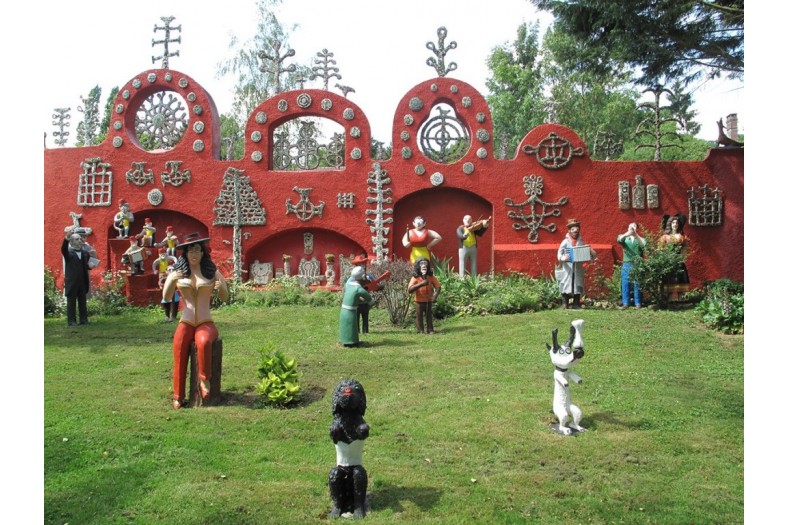
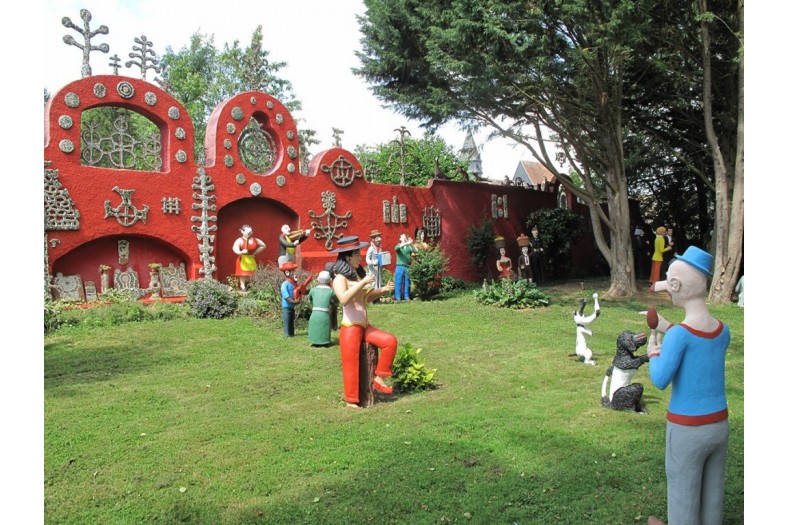
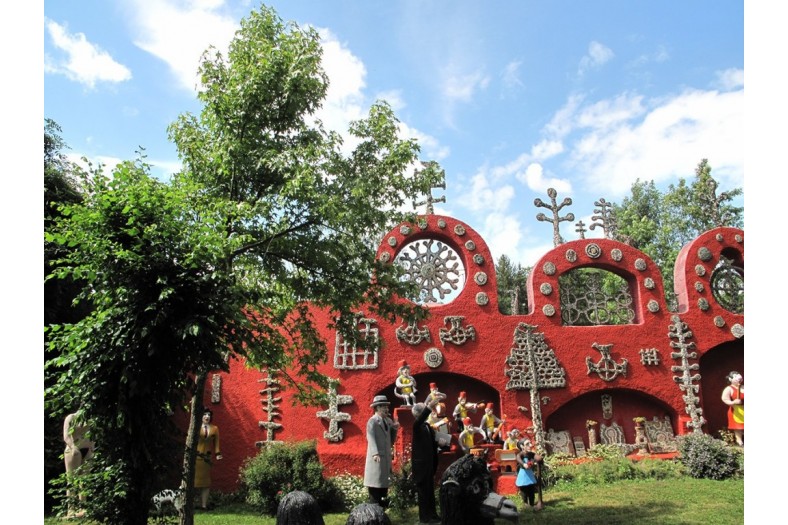
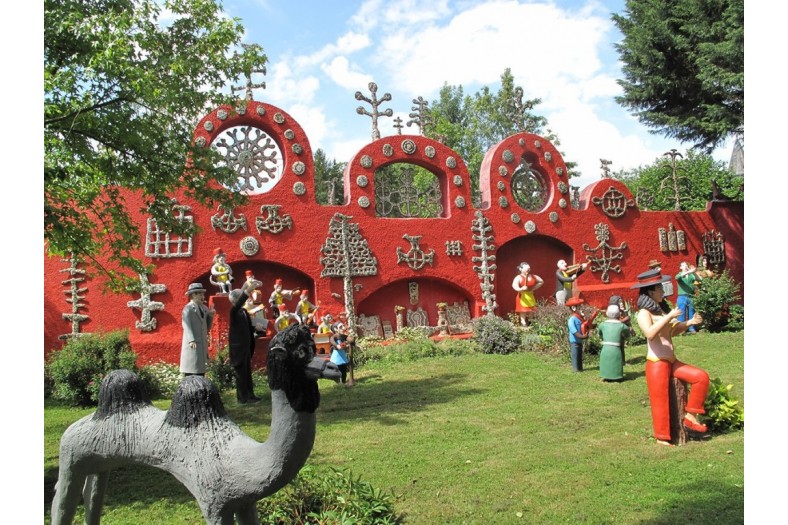
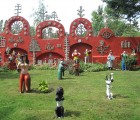
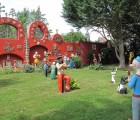
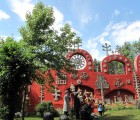
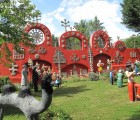
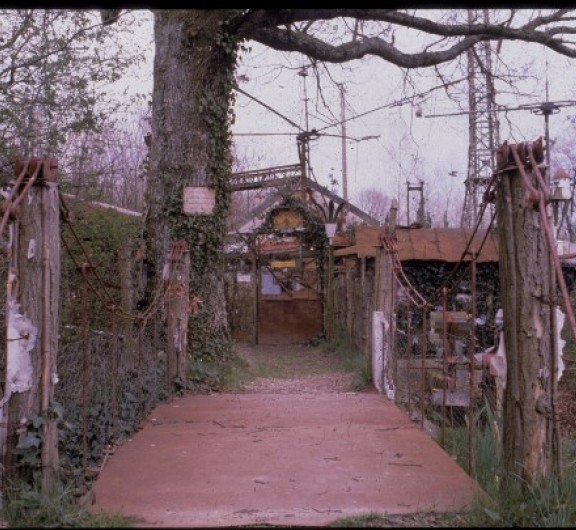
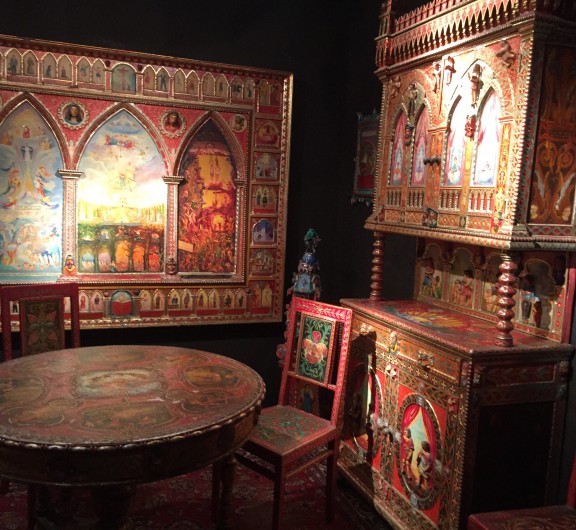
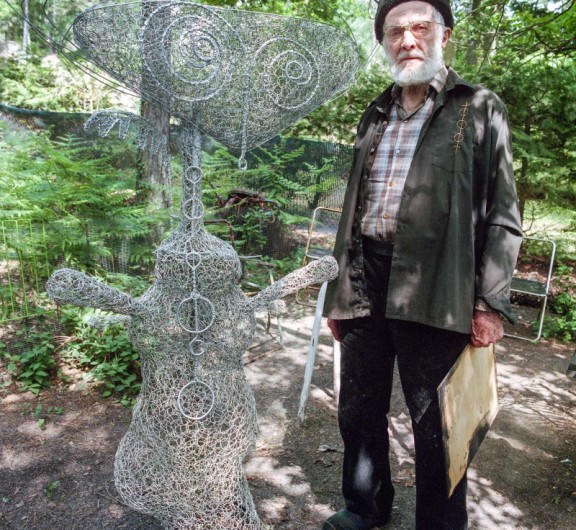
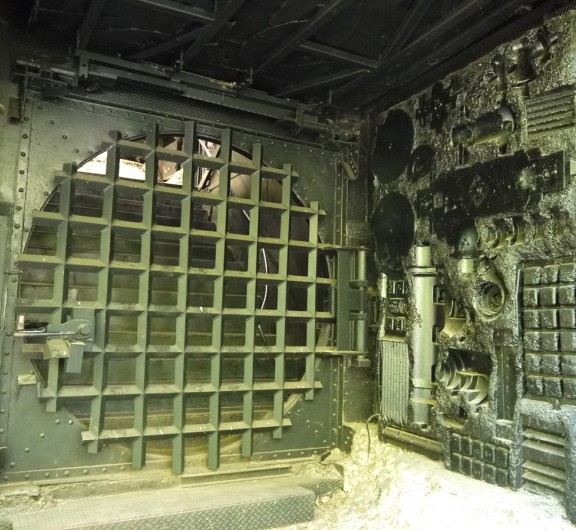
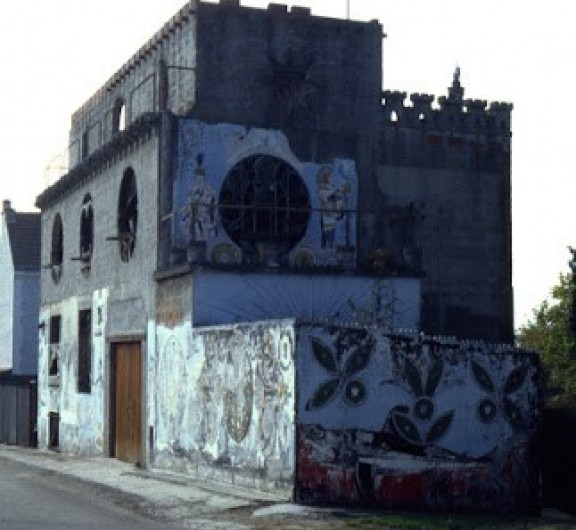
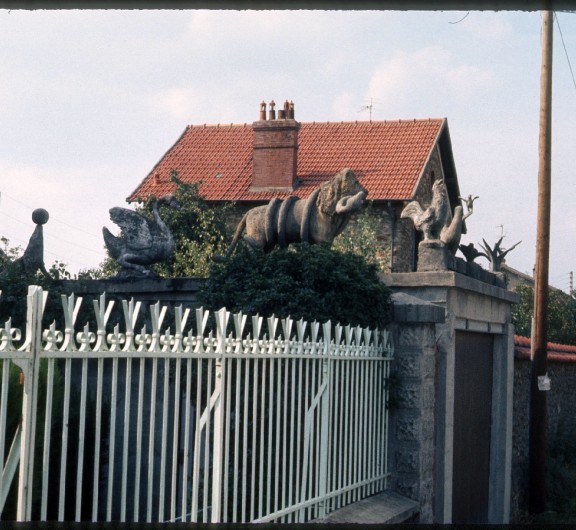

Post your comment
Comments
No one has commented on this page yet.